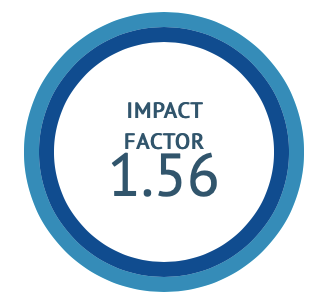Formulation & Evaluation of Polyherbal Fruit Peel Shampoo
DOI:
https://doi.org/10.47552/ijam.v16i2.5319Keywords:
Fruit peels, Staphylococcus, Shampoo, Scalp disorders, Herbal productsAbstract
Scalp disorders are now-a-days affecting all ages of people. Different types of Scalp disorders include dandruff, seborrheic dermatitis and even parasitic infections like Pediculosis capitis. Various microbes (Bacteria and Fungi) and Non-microbes are responsible for the scalp disorders. The study intends to formulate and evaluate the polyherbal fruit peel Shampoo. The formulated composition not only removes filth and dandruff but also leaves hair silky and lustrous and promotes hair development. The primary purpose of the current study is to develop and assess shampoo for treating various hair concerns. The composition minimizes the use of hazardous chemical compounds that affect hair. The formulation uses various fruit peels such as Pomegranate, Banana, grapes, and oranges for preparing shampoos with additives such as SLS, gelatin, and sodium benzoate which act as surfactants, viscosity modifiers and preservatives. The formulated shampoo was subjected to evaluation parameters like visual inspection, pH, viscosity, dirt dispersion, surface tension, foaming ability, foam stability, antimicrobial test and stability studies, etc. Invitro anti-bacterial activity was done against Staphylococcus epidermidis MTCC-435. Zone of Inhibition was found to be 9.5mm at 250μg/ml. The formulated shampoo has anti-bacterial activity and it is used in treating scalp problems which cannot be eliminated but can only be managed and effectively controlled.
Downloads
Published
How to Cite
Issue
Section
License
Copyright (c) 2025 International Journal of Ayurvedic Medicine

This work is licensed under a Creative Commons Attribution-NonCommercial-ShareAlike 4.0 International License.
The author hereby transfers, assigns, or conveys all copyright ownership to the International Journal of Ayurvedic Medicine (IJAM). By this transfer, the article becomes the property of the IJAM and may not be published elsewhere without written permission from the IJAM.
This transfer of copyright also implies transfer of rights for printed, electronic, microfilm, and facsimile publication. No royalty or other monetary compensation will be received for transferring the copyright of the article to the IJAM.
The IJAM, in turn, grants each author the right to republish the article in any book for which he or she is the author or editor, without paying royalties to the IJAM, subject to the express conditions that (a) the author notify IJAM in advance in writing of this republication and (b) a credit line attributes the original publication to IJAM.




